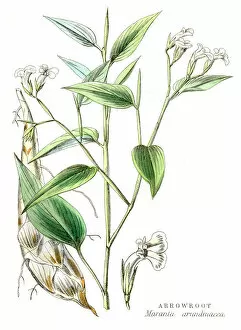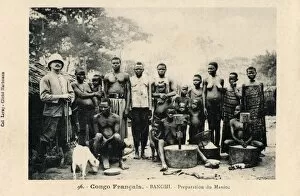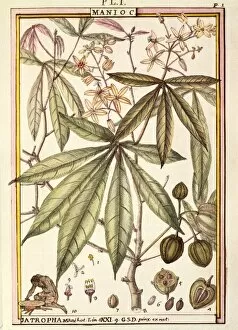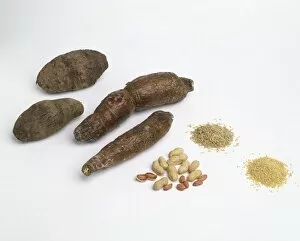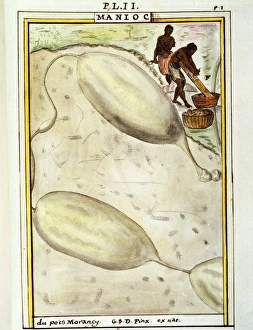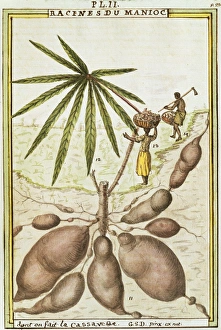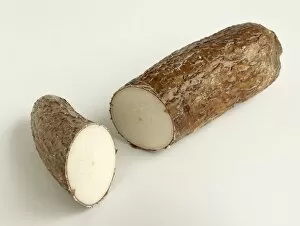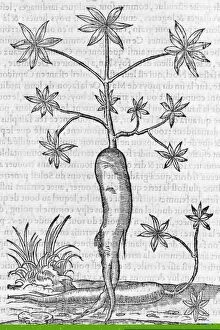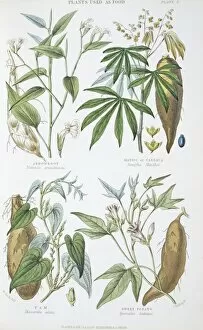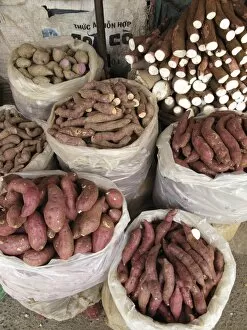Cassava Collection (page 2)
"Cassava: A Versatile Crop Connecting Continents and Cultures" From the bustling markets of South America to the serene landscapes of Africa
All Professionally Made to Order for Quick Shipping
"Cassava: A Versatile Crop Connecting Continents and Cultures" From the bustling markets of South America to the serene landscapes of Africa, it has been a staple food for centuries. In Brazil's Alagoas region, specifically Maragogi, one can witness a woman selling an array of fruits and vegetables including this versatile root crop. Traveling further south to Sucre in Bolivia, designated as a UNESCO World Heritage Site, one can find vibrant displays and other vegetables at local markets. The rich cultural heritage surrounding this crop is evident in every bite. In Benin, Africa, atop Taneka mountain lies cultivated fields adorned with flourishing cassava plants. This resilient crop has played a vital role in sustaining communities across the continent for generations. Interestingly enough, even wildlife like the Virginia opossum have found solace in cassava roots. These creatures are often spotted indulging on this nutritious tuber alongside humans who rely on it for sustenance. The Manihot esculenta or yuca plant is renowned worldwide for its various uses. From culinary delights to industrial applications such as flour production, this plant holds immense value. Delving into history reveals fascinating scenes captured by artists like William Berryman during his time in Jamaica from 1808-1816. Depicting women beating cassava roots to extract their essence showcases the labor-intensive process involved in preparing this essential ingredient. Even centuries ago, artists like Delahaye recognized the significance through their watercolor depictions. Their works immortalize not only the beauty but also highlight its importance within society. As we explore bread-making plants depicted through colored engravings throughout history, it becomes apparent that cassava has left an indelible mark on numerous cultures worldwide. Cassava truly embodies resilience and adaptability while connecting continents and cultures through its presence on plates around the globe. Its journey continues to shape our culinary experiences, reminding us of the rich tapestry of humanity's relationship with food.




